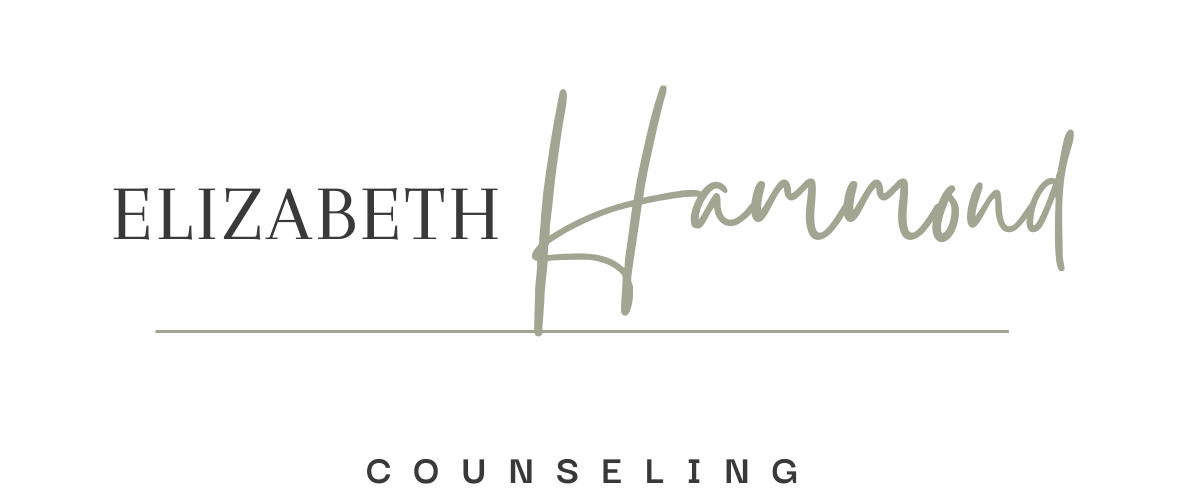You Don’t Have to Be Underweight to Have Anorexia
Many people associate anorexia with a specific body type, but in reality, it can affect individuals of all sizes.
Atypical Anorexia Nervosa (AAN) includes all the same restrictive behaviors and psychological distress as anorexia nervosa, but without the individual being classified as underweight. Despite the name, atypical anorexia is actually more common than anorexia.
Unfortunately, outdated diagnostic criteria and misconceptions about eating disorders prevent many people from receiving the care they need. The size of someone’s body should never be a barrier to treatment.
What is Atypical Anorexia?
Atypical anorexia is an eating disorder where a person severely restricts their food intake, experiences intense concern around gaining weight, and has a distorted body image—just like those diagnosed with anorexia nervosa.
The key difference is that their weight remains within or above the "normal" range.
Despite not being classified as underweight, individuals with atypical anorexia often experience the same physical complications as those with anorexia, including low heart rate, electrolyte imbalances, and malnutrition.
The psychological toll is equally severe, with high rates of anxiety, depression, and social withdrawal.
Why is the Name ‘Atypical’ Misleading?
Despite being labeled "atypical," research suggests that atypical anorexia is actually more common than anorexia. The term itself can be misleading and even harmful, making individuals feel like their struggles are less serious or unworthy of treatment, including therapy for anorexia.
For many, the idea that they don’t "look sick enough" delays or prevents them from seeking help.
In reality, eating disorders are mental illnesses, and the severity of an eating disorder should never be judged by someone’s weight alone.
Harmful Effects of Outdated Diagnostic Criteria
The current diagnostic framework for eating disorders is still influenced by outdated and inaccurate stereotypes. Many healthcare providers continue to associate anorexia only with extreme thinness, despite growing evidence that eating disorders affect people of all shapes and sizes.
This outdated approach can have dangerous consequences. People with atypical anorexia often go undiagnosed for years, even as they suffer from the physical and emotional toll of their disorder. Delayed treatment can lead to severe medical complications and make recovery even more difficult.
The Importance of Access to Treatment
Weight should never be a barrier to receiving care. Atypical anorexia can be just as life-threatening as anorexia nervosa, and access to treatment should be based on symptoms, not weight.
Many people struggling with restrictive eating patterns feel invalidated or dismissed when they seek help. It’s important to shift the focus away from weight and toward recognizing harmful behaviors and distressing thoughts around food and body image.
Therapy for Anorexia and Atypical Anorexia
Treatment for anorexia, regardless of body size, is available in different levels and approaches. Because eating disorders are deeply personal, treatment should be tailored to each individual’s needs.
Anorexia is not defined by body size. Atypical anorexia is a serious disorder that requires appropriate care and support. If you or someone you know is struggling with disordered eating, seeking help is essential—regardless of weight.
Recovery is possible, and treatment is available. If you’re looking for support, don’t wait. Contact me today to learn more about therapy for anorexia. I work with clients in MA, RI, VT, and VA—your health and well-being matter.


